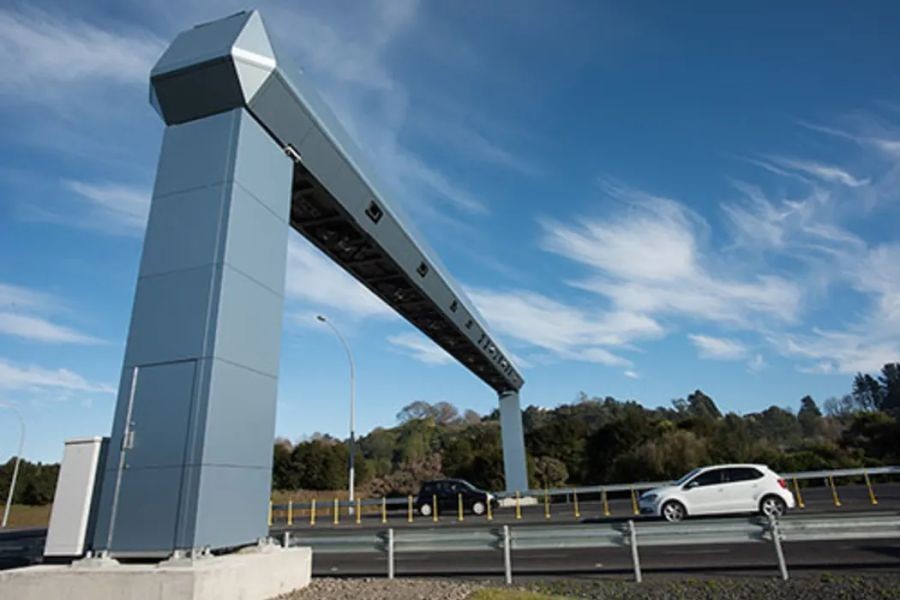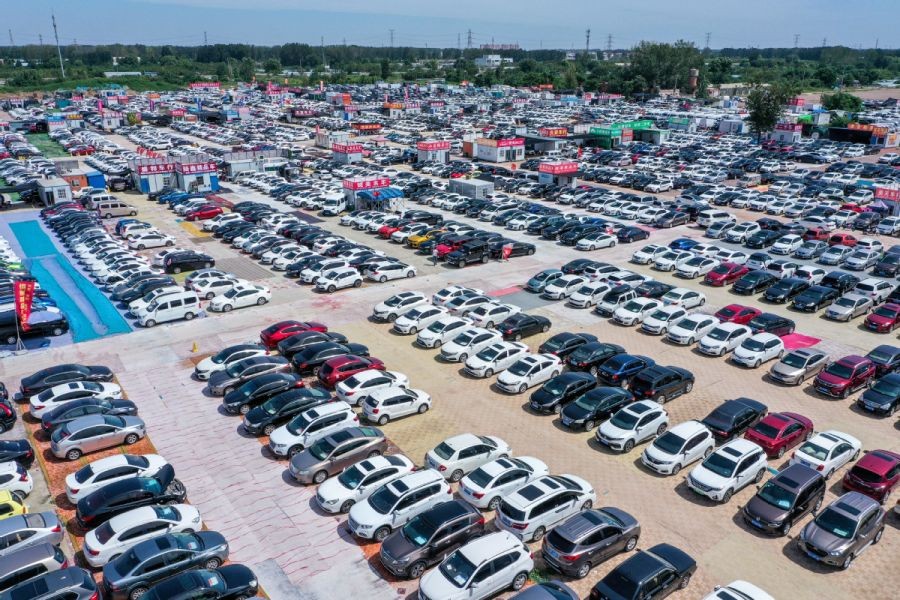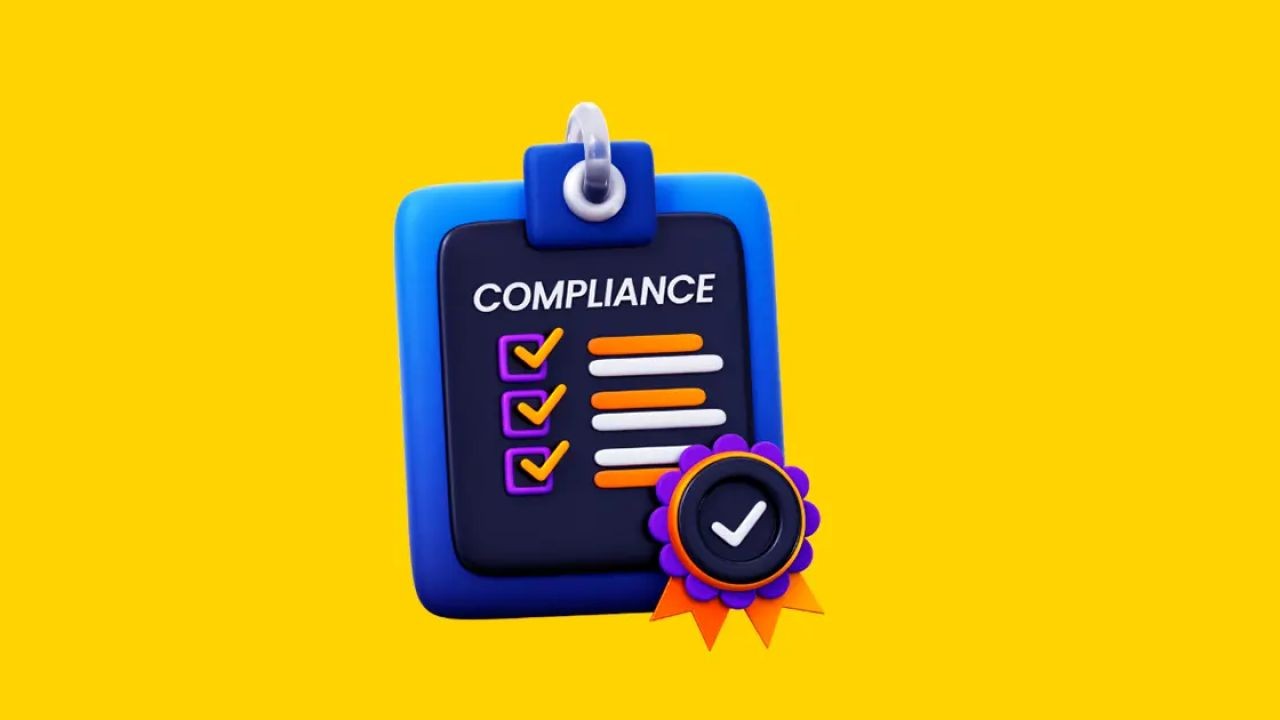New Zealand’s road tolling system is more than just a mechanism for collecting revenue from motorists. It plays a crucial role in the nation's infrastructure funding, traffic management, and environmental strategies. However, understanding its real cost involves delving into economic, social, and technological dimensions that affect both individuals and businesses. This exploration is pertinent in the context of New Zealand's evolving transport landscape, where the integration of technology and sustainability is paramount.
The Economic Implications of Road Tolling in New Zealand
Road tolling is a significant revenue stream for the government, contributing to the maintenance and development of infrastructure. According to Stats NZ, transport infrastructure investment has grown steadily, with road toll revenues playing a pivotal role. The Ministry of Business, Innovation, and Employment (MBIE) reports that these funds are essential for supporting infrastructure that underpins economic growth, especially in rapidly developing urban areas.
However, the economic impact of tolls extends beyond revenue generation. For businesses, tolls can increase operational costs, particularly for logistics and transport companies. This cost is often passed on to consumers, impacting the price of goods and services. Conversely, toll roads can reduce travel times and vehicle operating costs by improving traffic flow, which can lead to economic savings for regular commuters and businesses alike.
Case Study: Auckland's Northern Gateway Toll Road
The Northern Gateway Toll Road is a notable example of tolling's impact in New Zealand. This road has been instrumental in reducing travel time between Auckland and Northland, a region previously hampered by limited transport links.
Problem:
Prior to the toll road, congestion was a significant issue, with travel times between Auckland and Northland often unpredictable, affecting logistics companies and daily commuters.
Action:
The introduction of the toll road aimed to provide a faster, more reliable route. Automated tolling technology was implemented to reduce delays at toll points, utilizing license plate recognition and electronic tags.
Result:
- Travel times were reduced by up to 20 minutes.
- Vehicle operating costs decreased as a result of smoother traffic flow.
- Logistics companies reported a 15% increase in delivery efficiency.
Takeaway:
This case demonstrates how strategic tolling can enhance regional connectivity, benefiting both businesses and commuters. It also highlights the importance of technology in optimizing toll operations.
Social and Environmental Dimensions
Road tolling also has significant social and environmental implications. On the one hand, it can be seen as a regressive form of taxation, disproportionately affecting lower-income individuals who may rely on personal vehicles due to inadequate public transport options. On the other hand, tolling can incentivize public transport use, reducing congestion and emissions.
Environmentally, tolling can be part of a broader strategy to manage traffic flows and reduce the carbon footprint of transport. The New Zealand government has committed to ambitious climate targets, and toll roads can contribute by encouraging more efficient vehicle use and generating funds for sustainable transport initiatives.
Pros and Cons of New Zealand's Road Tolling System
Pros:
- Infrastructure Funding: Provides a dedicated revenue stream for road maintenance and development.
- Traffic Management: Helps reduce congestion and improve travel times.
- Environmental Benefits: Can reduce vehicle emissions by encouraging efficient travel behaviors.
- Technological Integration: Modern tolling systems utilize technology for seamless operation and data collection.
Cons:
- Cost Burden: Can disproportionately affect low-income individuals.
- Operational Costs: Initial setup and maintenance of toll systems can be costly.
- Public Resistance: May face opposition from those who view it as an additional tax.
- Privacy Concerns: Use of surveillance technology for toll collection raises data privacy issues.
Technological Advancements and Future Trends
As New Zealand continues to embrace digital transformation, the integration of advanced technologies in road tolling is inevitable. Emerging trends include the use of blockchain for transparent toll transactions, AI for predictive traffic management, and IoT devices for real-time data collection. These technologies promise to make tolling more efficient and user-friendly while addressing privacy and security concerns.
One potential development is the implementation of dynamic toll pricing, where toll rates vary based on traffic conditions, vehicle type, and time of day. This approach could further optimize traffic flow and maximize revenue during peak periods.
Future of Road Tolling in New Zealand
The future of road tolling in New Zealand is likely to be shaped by a balance of economic, environmental, and technological considerations. By 2030, it's expected that tolling will become more integrated with smart city initiatives, leveraging data analytics to enhance urban mobility and sustainability.
Moreover, as electric vehicles (EVs) become more prevalent, toll systems may need to adapt to accommodate these changes, potentially offering reduced rates for EVs to promote cleaner transport options.
Conclusion and Call to Action
The real cost of New Zealand’s road tolling system extends beyond mere financial implications. It encompasses economic, social, and environmental dimensions that require careful consideration and strategic planning. For businesses, understanding these implications is crucial to navigating the challenges and opportunities presented by tolling.
As technology continues to evolve, so too will the tolling landscape. Businesses and policymakers must stay informed and proactive in adapting to these changes. What are your thoughts on the future of road tolling in New Zealand? Share your insights and join the conversation below!
People Also Ask (FAQ)
- How does road tolling impact businesses in New Zealand?NZ businesses leveraging toll roads report 15%+ higher delivery efficiency, according to MBIE. Adopting toll routes can enhance logistics operations and reduce costs.
- What are the biggest misconceptions about road tolling?One common myth is tolls only serve as a tax. However, research from Stats NZ shows tolling revenue directly funds infrastructure improvements, benefiting overall transport efficiency.
- What upcoming changes in New Zealand could affect road tolling?By 2026, policy updates in transport could shift the tolling landscape—stay ahead by adopting smart toll technologies.
Related Search Queries
- New Zealand road tolling benefits
- Impact of toll roads on NZ businesses
- Technological advancements in tolling systems
- Environmental impact of road tolling
- Future trends in NZ transport infrastructure































Mireya0157
7 months ago